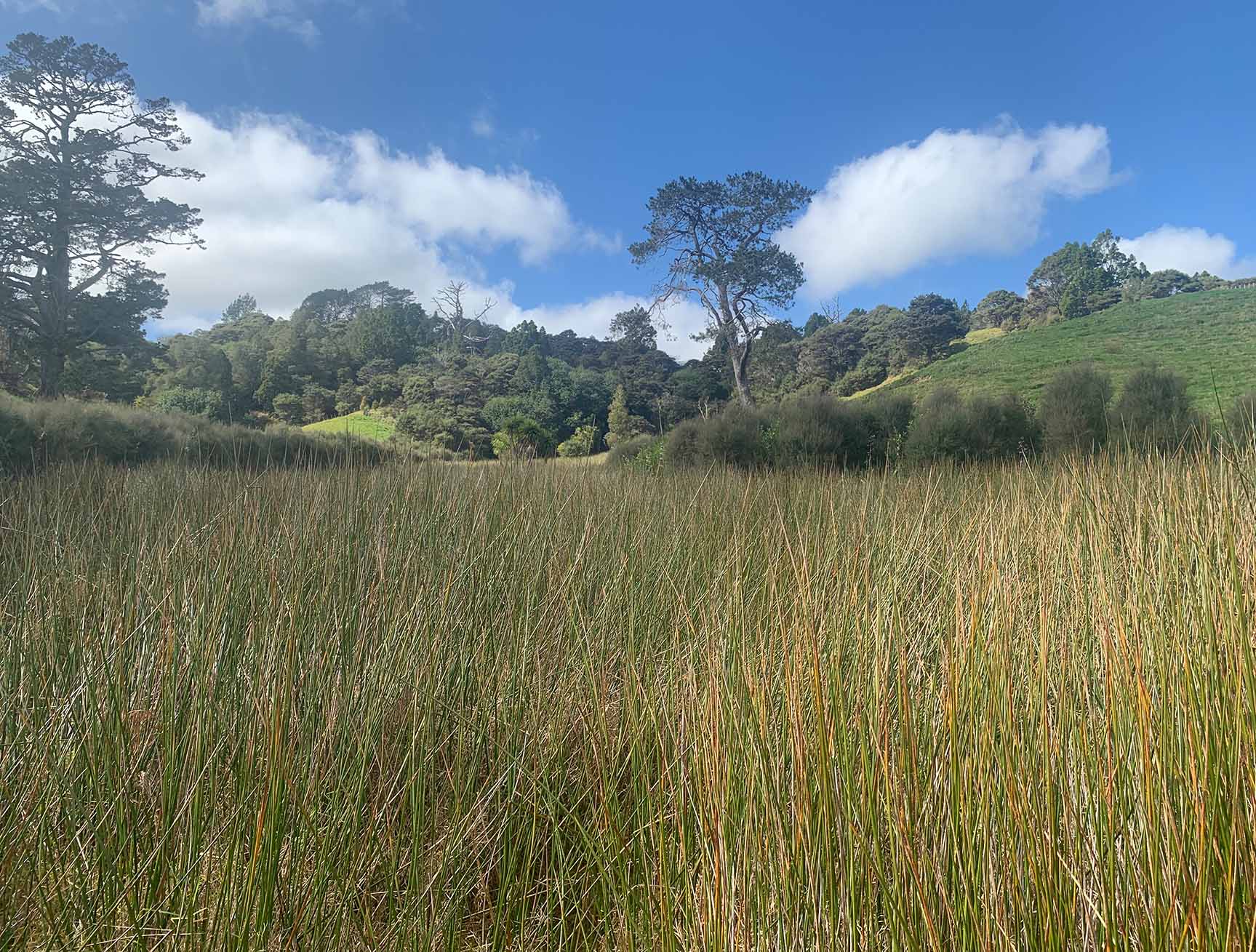Written by Joshua Wium | Senior Ecologist | Cato Bolam Consultants
While many of us are familiar with wetlands, accurately identifying and delineating them can sometimes pose a challenge. This article explores three key methodologies, or ‘tools,’ employed to identify and delineate wetlands precisely.
Wetlands are generally found in low-lying land areas with a higher influx of water or in areas with poor drainage where ground conditions become saturated and boggy for large parts of the year. Wetlands can dry up over summer and don’t need to be permanently saturated with water.
Most people will have an idea of what a wetland is and how to identify it. However, identifying or delineating some wetlands is not always a simple task.
Some areas of wetland are easily identifiable due to the presence of easily recognisable wetland plants, whilst others can easily be mistaken as being part of the surrounding pasture.
Wetlands benefit the natural environment by improving water quality, providing habitat for native biodiversity and reducing flooding, amongst other benefits.
Is it a wetland?
Both the images featured in this article show wetland areas. One within pasture and the second a native dominated wetland.

Wetlands are identified using three tools:
- A vegetation tool.
- A hydrology tool, and;
- A hydric soils tool.
The vegetation tool classifies common plants found in New Zealand according to their tolerance and reliance on water being present for most of the year. These classifications are then used to determine if the vegetation present in a particular area is typical of a wetland.
If the plants growing in a specific area are water-loving and are generally found in a wetland, there is a high likelihood that the area is a wetland.
Not all wetland plants are easily identifiable, however, and what might look like grass to a non-expert could, in fact, be a wet-tolerant plant, indicating the presence of a wetland.

Restoring and protecting wetlands can add value to your property.
Wetlands are important natural features that have undergone large-scale removal historically. To encourage restoration and protection of wetlands in the Auckland Council region, you can protect certain sized wetlands (>0.5ha) to create an additional property title or sell offsite as a transferable title.
The wetland must be classified as a significant ecological area or have a good native covering of plants to meet the Council requirements. However, even if the wetland is highly degraded, it can be rapidly restored in 1-3 years by planting it with native species.
Here’s a quick tip for identifying a wetland on your property:
A simple way to determine if you have a large enough wetland for a subdivision title is to determine how much land is saturated for 8-12 months of the year or by the amount of area dominated by rushes. Rushes are a type of plant often found within wetlands.
Wetlands can be a substantial benefit to your property, Myles Goodwin and Joshua Wium at Cato Bolam can assist with wetland identification and delineation for any purpose, be it subdivision or restoration.
Please contact Myles or Joshua for an obligation free discussion via [email protected] or [email protected]
Or get in touch with our team using the contact button below.

